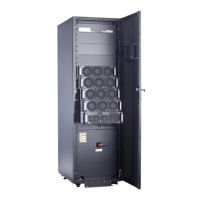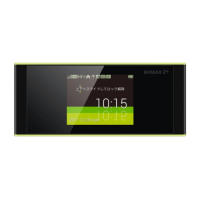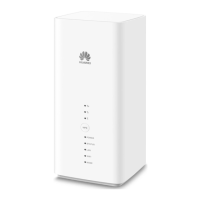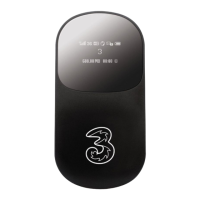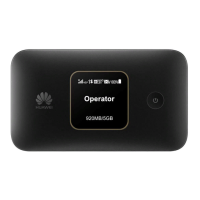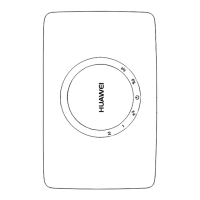E
end conference End a conference. In this case, all sites leave the conference.
F
full-duplex A full-duplex, or sometimes double-duplex system, allows communication in both
directions, and, unlike half-duplex, allows this to happen simultaneously. Land-line
telephone networks are full-duplex, since they allow both callers to speak and be heard
at the same time. A good analogy for a full-duplex system would be a two-lane road with
one lane for each direction.
G
G.711
G.711, also known as Pulse Code Modulation (PCM), is a very commonly used
waveform codec. G.711 uses a sampling rate of 8,000 samples per second, with the
tolerance on that rate 50 parts per million (ppm). Non-uniform quantization (logarithmic)
with 8 bits is used to represent each sample, resulting in a 64 kbit/s bit rate. There are
two slightly different versions; μ-law, which is used primarily in North America, and A-
law, which is in use in most other countries outside North America.
G.722 G.722 is an ITU-T standard 7 kHz wideband speech codec operating at 48, 56 and 64
kbit/s. It was approved by ITU-T in November 1988. Technology of the codec is based
on sub-band ADPCM (SB-ADPCM).
G.728 G.728 is an ITU-T standard for speech coding operating at 16 kbit/s. It is officially
described as Coding of speech at 16 kbit/s using low-delay code excited linear prediction.
give floor After the chair site gives floor to a site, the other sites view and hear the site. All the
sites, except the chair site and the site that is given the floor, are muted.
H
H.239
H.239 is an ITU-T recommendation from the H.32x Multimedia Communications'
macrofamily of standards for multimedia communications over various networks. The
H.239 recommendation is titled "Role management and additional media channels for
H.3xx-series terminals". Practical importance of this recommendation is its setting forth
a way to have multiple video channels (for example, one for conferencing, another for
presentation) within a single session (call).
H.261 H.261 is a 1990 ITU-T video coding standard originally designed for transmission over
ISDN lines on which data rates are multiples of 64 kbit/s. It is one member of the H.26x
family of video coding standards in the domain of the ITU-T Video Coding Experts
Group (VCEG). The coding algorithm was designed to be able to operate at video bit
rates between 40 kbit/s and 2 Mbit/s. The standard supports two video frame sizes: CIF
(352x288 luma with 176x144 chroma) and QCIF (176x144 with 88x72 chroma) using
a 4:2:0 sampling scheme. It also has a backward-compatible trick for sending still picture
graphics with 704x576 luma resolution and 352x288 chroma resolution (which was
added in a later revision in 1993).
HUAWEI TE30 Videoconferencing Endpoint
User Guide E Terminology
Issue 01 (2013-03-27) Huawei Proprietary and Confidential
Copyright © Huawei Technologies Co., Ltd.
143
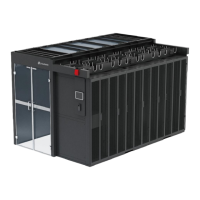
